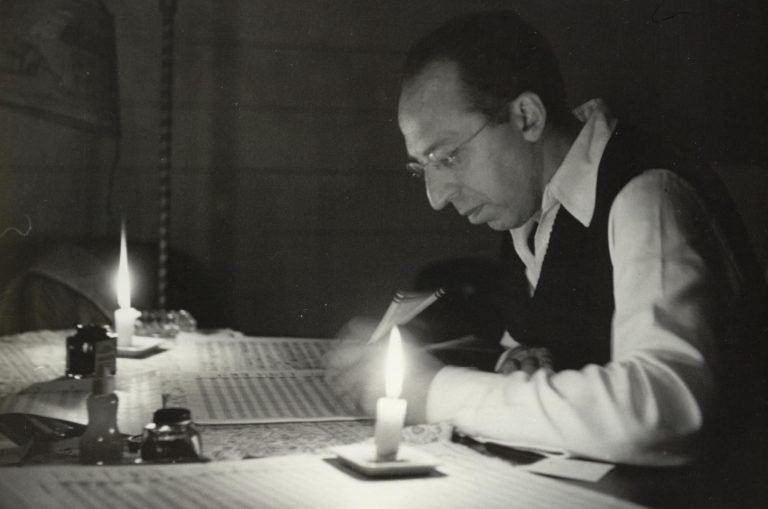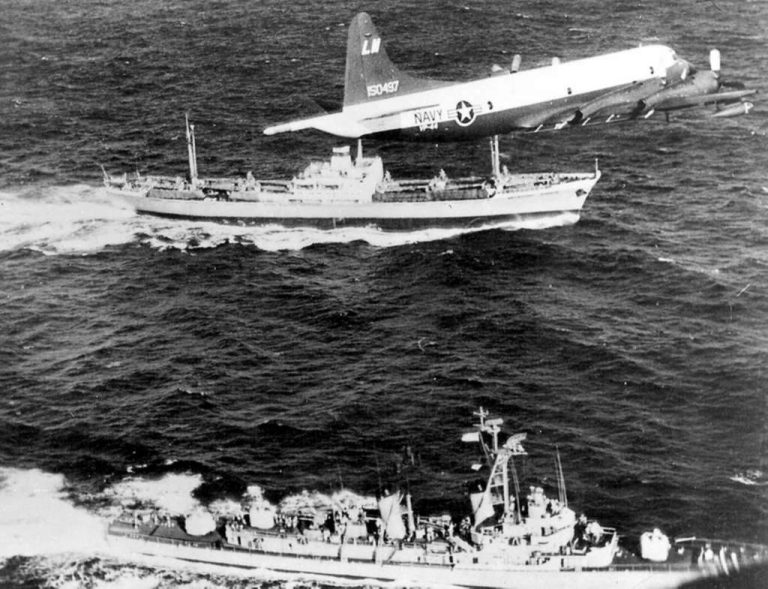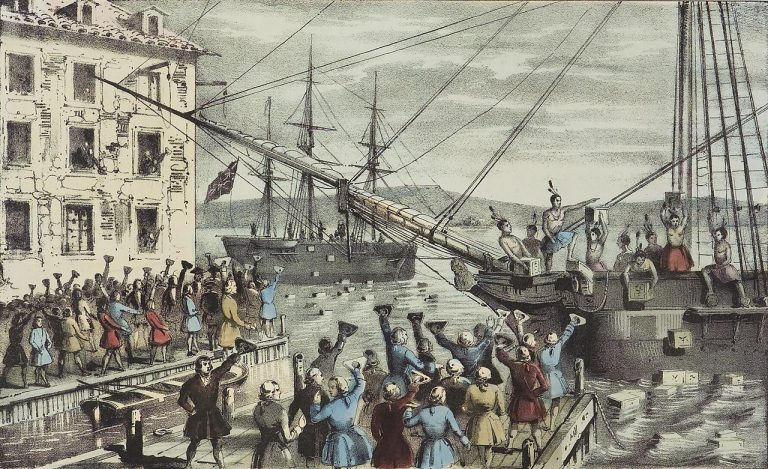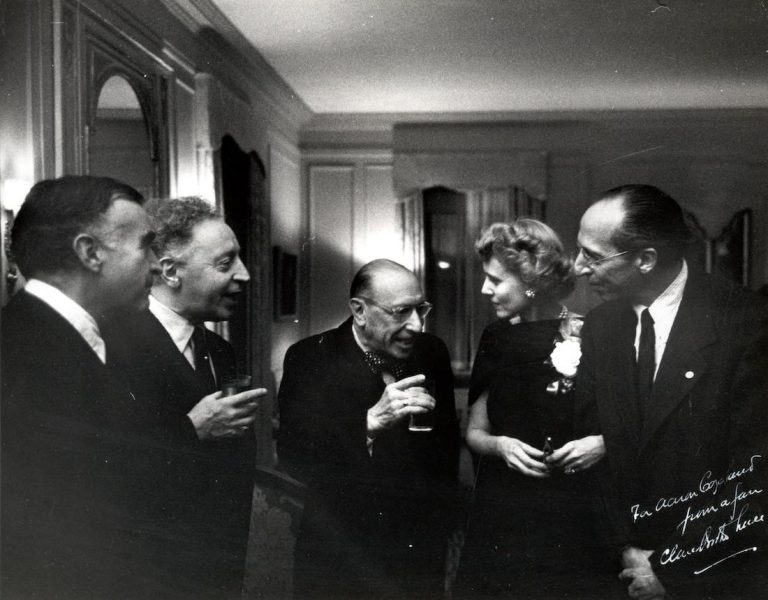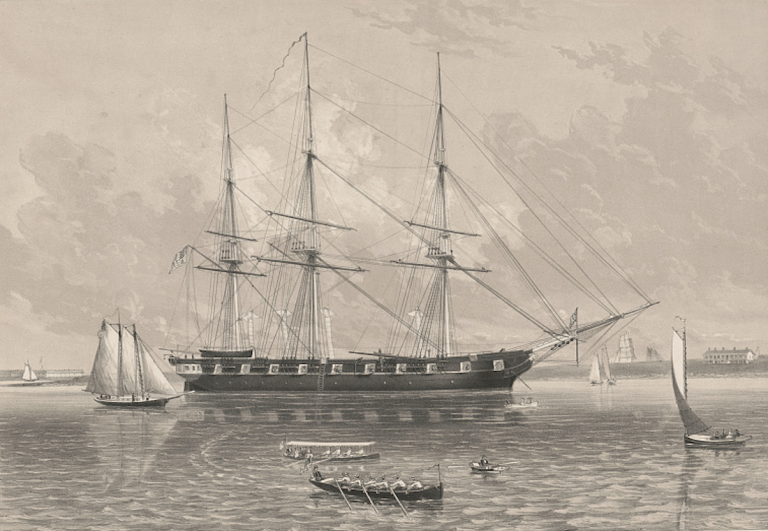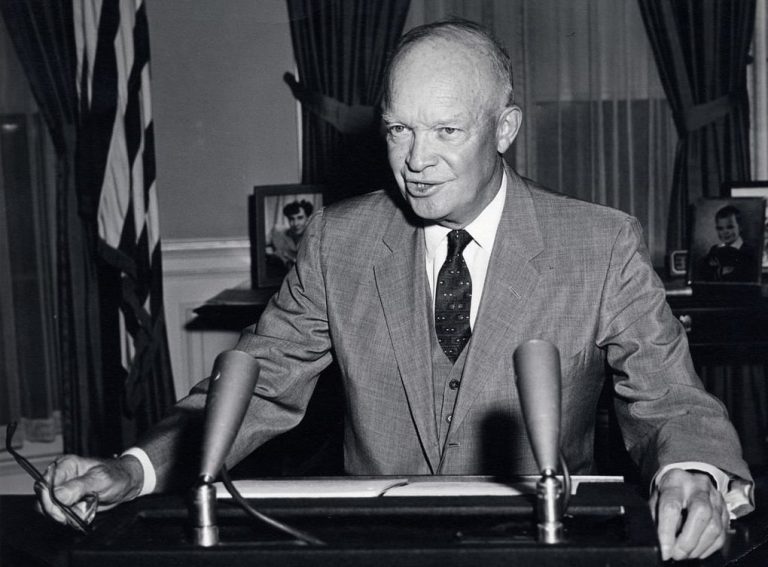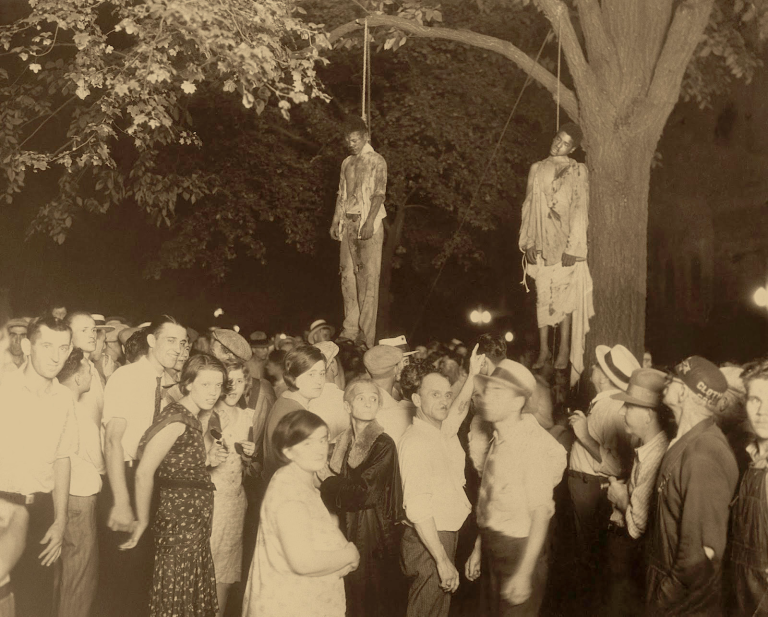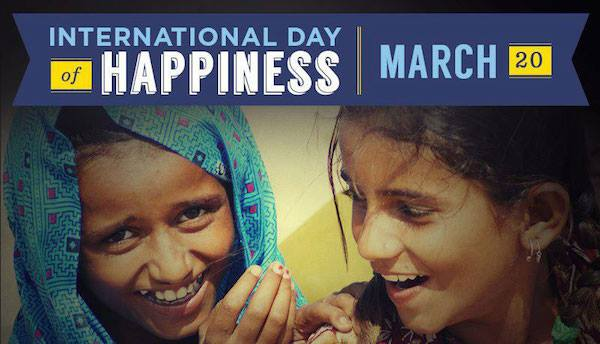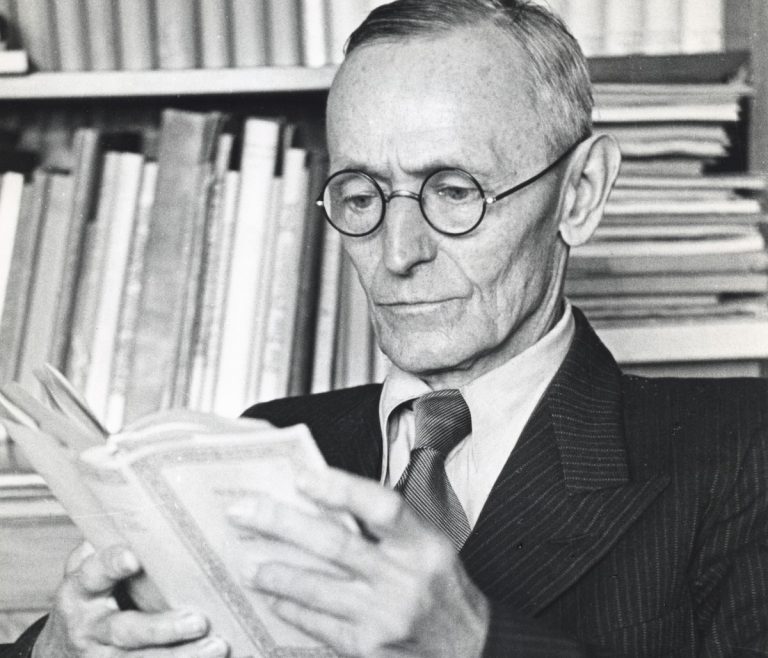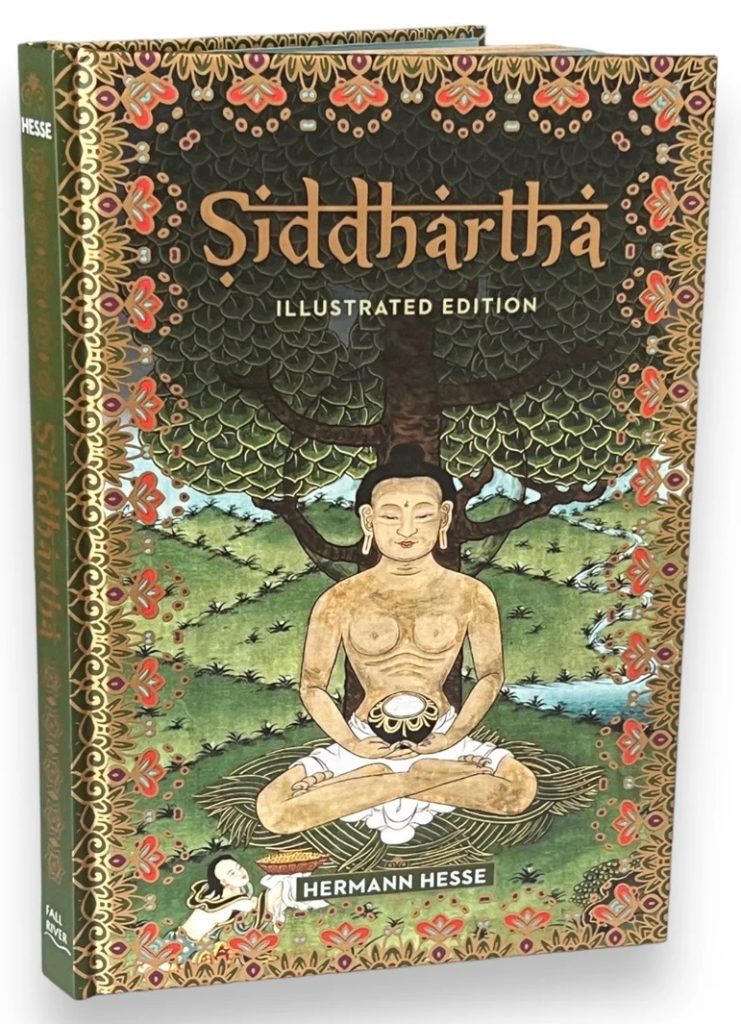
Condoms and Culture in Asia
Manufacturing of Condoms

Asia:
- Materials and Production: In Asia, condoms are typically made from natural latex, polyurethane, or polyisoprene. Major manufacturing hubs include countries like Thailand, Malaysia, and China. These countries benefit from an abundant supply of natural rubber, which reduces production costs and ensures high-quality raw materials.
- Quality Standards: Asian manufacturers adhere to international standards like ISO and WHO guidelines. However, local regulations can vary, influencing specific testing procedures and quality benchmarks.
- Innovation: Asian markets often see rapid innovation in condom manufacturing, with companies introducing new textures, flavors, and thinner condoms to cater to diverse preferences.

America and Europe:
- Materials and Production: Similarly, condoms in America and Europe are made from latex, polyurethane, or polyisoprene. Manufacturing often takes place in high-tech facilities with advanced quality control systems. The U.S. and Germany, for example, have stringent regulations ensuring product safety and efficacy.
- Quality Standards: In these regions, quality standards are rigorously enforced by entities like the FDA in the U.S. and CE marking in Europe. These standards ensure that condoms meet high safety and reliability criteria.
- Innovation: There is a strong focus on innovation, with companies investing in research to improve comfort, sensitivity, and effectiveness. Eco-friendly and vegan options are also becoming more popular.
Marketing of Condoms
Asia:
- Market Segmentation: The marketing strategies in Asia are highly segmented, addressing diverse cultural and socioeconomic groups. Campaigns may be more discreet in conservative regions, focusing on health benefits and family planning, while urban areas may see more bold and creative advertising.
- Cultural Sensitivity: Marketing campaigns often navigate cultural taboos and sensitivities regarding sexual health. Education and awareness campaigns are crucial, often supported by governments and NGOs to promote safe sex practices.
- Channels: In Asia, condoms are marketed through pharmacies, convenience stores, and increasingly, online platforms. Digital marketing and social media play significant roles in reaching younger demographics.
America and Europe:
- Market Segmentation: Marketing in America and Europe is more uniform but still considers varying levels of conservatism and liberal attitudes. Campaigns often emphasize pleasure, safety, and inclusivity, targeting both heterosexual and LGBTQ+ communities.
- Cultural Sensitivity: While there is generally more openness about sexual health in these regions, marketers still aim to be respectful and informative. Educational campaigns often run alongside commercial advertising to combat misinformation and promote safe sex.
- Channels: Condoms are widely available in supermarkets, pharmacies, vending machines, and online stores. Digital marketing, influencer partnerships, and sex-positive campaigns are common.
Physical and Cultural Differences
Physical Differences:
- Size and Fit: Condoms in Asia may be smaller on average compared to those marketed in America and Europe, reflecting different average penis sizes and preferences.
- Packaging and Design: Packaging in Asia often emphasizes discretion and compactness, while in America and Europe, packaging can be more varied, sometimes featuring bold and playful designs.
Cultural Differences:
- Attitudes Toward Sex: In many parts of Asia, discussions about sex and contraception can still be taboo, requiring more sensitive marketing approaches. In contrast, America and Europe generally have more open discussions about sexual health, allowing for more direct and explicit advertising.
- Education and Awareness: There are varying levels of sex education across regions. In some Asian countries, limited sex education can pose challenges for marketers, who may need to include educational components in their campaigns. In America and Europe, comprehensive sex education supports more informed consumers.
- Public Health Campaigns: Governments and NGOs in Asia often play significant roles in promoting condom use for family planning and HIV prevention. In America and Europe, public health campaigns also emphasize preventing sexually transmitted infections (STIs) and promoting overall sexual health.
Overall, while the core product remains the same, the manufacturing, marketing, and cultural reception of condoms differ significantly between Asia and the Western world, shaped by local materials, regulatory environments, cultural attitudes, and public health priorities.
Condoms and Culture in Asia (July 16, 2014)
Aaron Copland: The Maestro Who Harmonized America
Aaron Copland’s legacy is a harmonious blend of innovation, advocacy, and education, making him a true maestro who not only harmonized America but also resonated with the world. His life and work continue to inspire us, reminding us of the transformative power of music and the arts.
New York, N.Y. As we reflect on the life and legacy of Aaron Copland, we find ourselves in awe of a man whose music not only shaped American culture but also resonated globally. Born on November 14, 1900, Aaron Copland emerged as a pioneering force in the world of classical music, earning his place as a thought leader and global citizen through his innovative compositions and dedication to education.
Early Life and Influences
Growing up in an Orthodox Jewish family in Brooklyn, New York, Copland was surrounded by a rich tapestry of cultural influences. His early exposure to music came from his mother, who played piano, and his older sister, who took lessons. This familial environment nurtured his burgeoning interest in music, and by the age of 15, he had decided to become a composer. Copland’s early education in music included studying under the tutelage of Rubin Goldmark, a prominent New York composer and teacher.
A Journey of Musical Innovation
Aaron Copland’s journey took a significant turn when he traveled to Paris in the 1920s to study with the legendary Nadia Boulanger. This period was transformative for Copland, exposing him to the avant-garde and the broader European musical landscape. Under Boulanger’s mentorship, Copland developed a unique compositional voice that would later define American classical music.
Returning to the United States, Copland began to weave elements of jazz, folk, and American themes into his compositions. Works such as “Appalachian Spring,” “Rodeo,” and “Billy the Kid” became emblematic of his style, capturing the spirit of America in sound. His ability to blend classical forms with American folk traditions created a new, distinctly American voice in classical music.
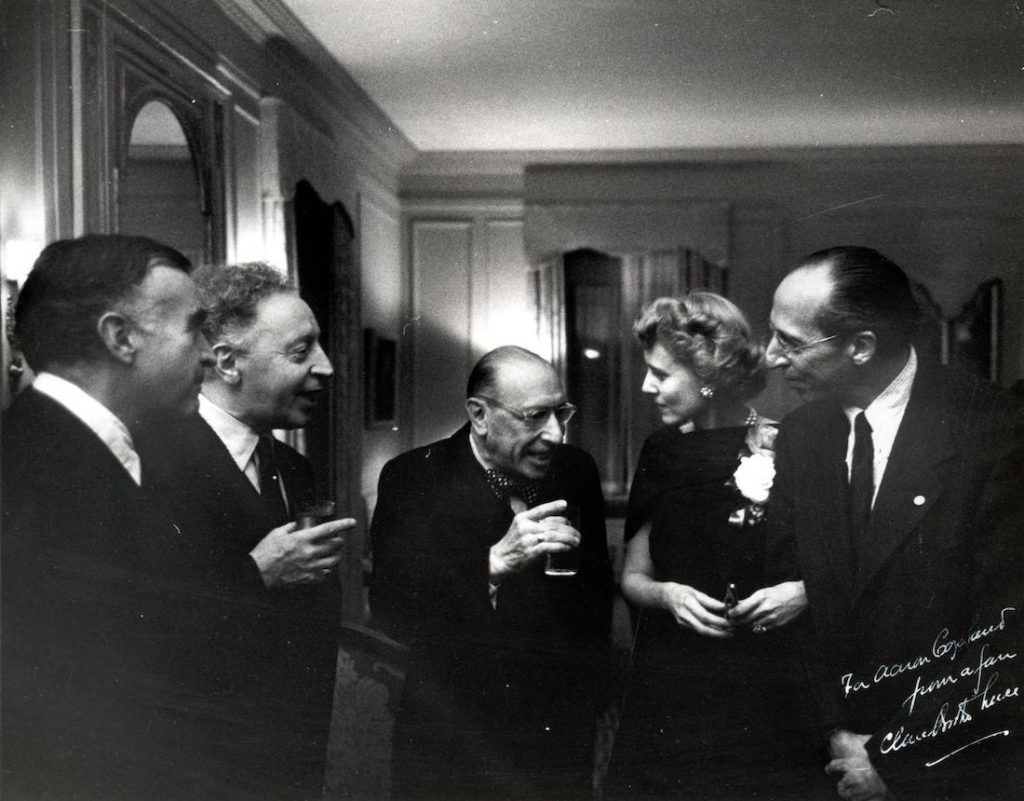
Impact on American Culture
Copland’s contributions went beyond composition; he was a tireless advocate for the arts in America. Through his involvement with organizations like the American Composers Alliance and the League of Composers, he championed the works of his contemporaries and supported the growth of American music. His influence extended into the realm of education, where he played a pivotal role in nurturing the next generation of musicians and composers.
One of Copland’s most significant contributions was his ability to make classical music accessible to broader audiences. His “Fanfare for the Common Man,” inspired by a speech from Vice President Henry A. Wallace, became an anthem of hope and resilience during World War II. This piece, like many others, showcased Copland’s talent for creating music that was both profound and approachable, resonating with listeners across different backgrounds.
Global Citizenship and Legacy
Aaron Copland’s impact was not confined to the United States; his music found an international audience, and his role as a cultural ambassador helped bridge gaps between nations. He frequently traveled abroad, sharing his knowledge and compositions, and fostering cultural exchange. His global influence was recognized with numerous awards, including the Presidential Medal of Freedom in 1964.
As thought leaders and global citizens, we recognize Copland’s legacy in fostering a greater appreciation for cultural diversity through music. His works continue to be performed worldwide, inspiring new generations of musicians and listeners. His commitment to artistic excellence and cultural dialogue exemplifies the power of the arts to unite and uplift.
Continuing the Legacy
In celebrating Aaron Copland’s life, we are reminded of the importance of innovation, education, and cultural exchange. His music serves as a testament to the rich tapestry of American culture and the potential for the arts to influence and inspire globally. As we listen to his compositions, we are transported through time and space, experiencing the universal themes of hope, struggle, and triumph that define the human experience.
Copland’s dedication to his craft and his efforts to make music accessible to all continue to inspire us. His work as an educator and advocate for the arts remains a guiding light for those who seek to enrich their communities through culture and creativity.
Aaron Copland: The Maestro Who Harmonized America (July 15, 2014)
#AaronCopland #AmericanMusic #ClassicalMusic #CulturalAmbassador #MusicEducation #GlobalCitizen #InnovativeComposer
Remembering Check Point Charlie: A Glimpse into East Berlin’s Past
[draft]
New York, N.Y. In high school, I visited Berlin and traveled through Check Point Charlie to visit the eastern side of the Wall.
The Warsaw Pact: A Cold War Legacy Still Resonating Today
The pact, which consisted of the Soviet Union and seven of its satellite states, was a formidable military force. It was Russia’s response to NATO. Its primary purpose was to deter any Western aggression against the Soviet bloc, and it served as a crucial component of Soviet foreign policy.
New York, N.Y. The Warsaw Pact, a military alliance formed in 1955, has always held a powerful grip on my imagination. It was born out of fear and distrust, a direct response to NATO’s expansion, and ultimately became a defining feature of the Cold War. I see it not just as a historical footnote but as a living entity, a force that continues to shape the political landscape of the world today.
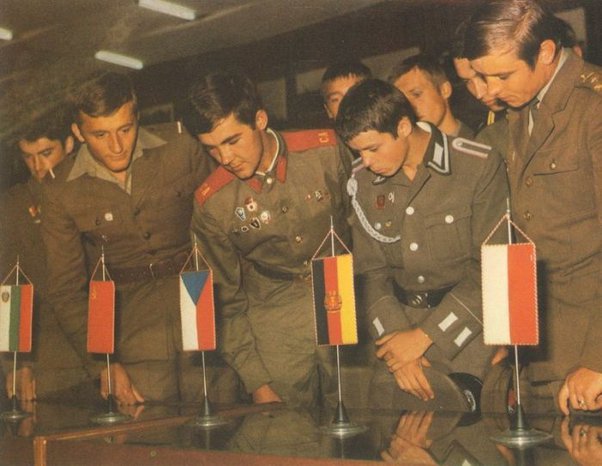
The pact, which consisted of the Soviet Union and seven of its satellite states, was a formidable military force. Its primary purpose was to deter any Western aggression against the Soviet bloc, and it served as a crucial component of Soviet foreign policy. But beyond its military might, the Warsaw Pact represented a profound ideological struggle. It was a symbol of Soviet power and influence, and it reinforced the perception of a divided world, locked in a perpetual ideological battle.
While the Warsaw Pact officially dissolved in 1991, its legacy remains deeply intertwined with the complexities of our modern world. The tensions and anxieties that fueled its creation still resonate, particularly in the post-Cold War era. The rise of new geopolitical tensions, the resurgence of nationalism, and the competition for global influence all bear the imprint of the Cold War and its legacy, including the Warsaw Pact.
The pact also serves as a reminder of the fragility of peace and the ever-present potential for conflict. The Cold War was a period of immense fear and uncertainty, and the Warsaw Pact’s existence played a key role in shaping that atmosphere. It’s crucial to remember this history, not to dwell on the past, but to learn from it. We must acknowledge the role of fear and mistrust in fueling conflict and work towards building a more cooperative and interconnected world.
The Warsaw Pact, however, was not simply a monolith of Soviet domination.
It was a complex entity comprised of diverse nations, each with its own b. While the pact was certainly influenced by Soviet interests, it also reflected the anxieties and aspirations of the countries within it. The desire for security, the fear of Western intervention, and the shared experience of Soviet influence all played a role in shaping the pact’s dynamics.
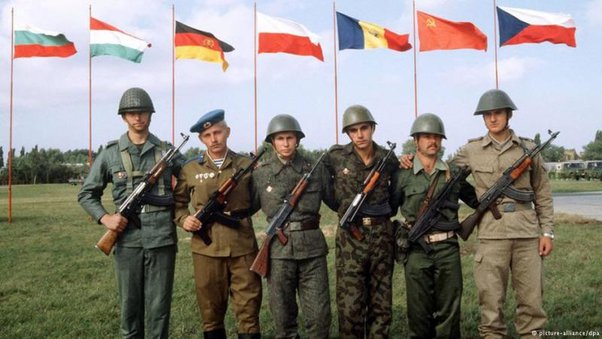
As we look back at the Warsaw Pact, we find ourselves drawn to the stories of ordinary people who lived under its shadow. I’m interested in understanding their experiences, their hopes, their fears, and their perspectives on the pact’s role in their lives. The Warsaw Pact was not just a military alliance; it was a social and cultural phenomenon that deeply impacted the lives of millions of people. It’s important to remember their stories, their struggles, and their triumphs.
The Warsaw Pact represents a critical chapter in human history. It was a defining moment in the Cold War and a testament to the complexities of international relations. As we continue to navigate a world shaped by the legacy of the Cold War, understanding the Warsaw Pact’s role and its impact on our present is essential.
The Warsaw Pact: A Cold War Legacy Still Resonating Today (July 15, 2014)
#WarsawPact #ColdWar #History #Geopolitics #InternationalRelations #SovietUnion #NATO #GlobalSecurity #PeaceAndConflict #HistoricalContext #EasternEurope
Tea and Liberty: Lessons in Global Citizenship from the Boston Harbor
This bold action, which would come to be known as the Boston Tea Party, was a clear message to the British Crown: the American colonies would no longer tolerate “taxation without representation.”
Boston, Mass. The Boston Tea Party of 1773 stands as a pivotal moment in American history, embodying the spirit of resistance and the seeds of revolution. As I reflect on this iconic event, we’re struck by its enduring significance and the lessons it offers for global citizenship and leadership today.
On the night of December 16, 1773, a group of colonists, some disguised as Mohawk Indians, boarded three British ships anchored in Boston Harbor. In an act of defiance against British taxation policies, particularly the Tea Act of 1773, they dumped 342 chests of tea into the water. This bold action, which would come to be known as the Boston Tea Party, was a clear message to the British Crown: the American colonies would no longer tolerate “taxation without representation.”
The event was the culmination of growing tensions between the colonies and Great Britain. The Tea Act had granted the British East India Company a monopoly on tea sales in the colonies, undercutting local merchants and reinforcing the principle of Parliament’s right to tax the colonies. The Sons of Liberty, a secret organization of American patriots, saw this as an opportunity to challenge British authority[2].
The participants in the Boston Tea Party came from diverse backgrounds, including merchants, artisans, and laborers. They were united by a common cause – the desire for fair representation and economic autonomy. Their actions were not just about tea; they were a statement against oppression and a call for self-governance.
As I consider the legacy of the Boston Tea Party, I’m reminded of the power of collective action and the importance of standing up for one’s beliefs. These colonists risked severe punishment, including charges of treason, to defend their principles. Their courage and conviction set the stage for the American Revolution and the birth of a new nation.
The Boston Tea Party also demonstrates the far-reaching consequences of local actions. What began as a dispute over tea taxation in Boston Harbor reverberated across the colonies and ultimately changed the course of global history. It’s a powerful reminder that seemingly small acts of resistance can spark monumental change.
In today’s interconnected world, the lessons of the Boston Tea Party are more relevant than ever. As global citizens, we’re called to be aware of injustices, not just in our immediate surroundings but across the globe. We must be willing to challenge unfair systems and stand up for the rights of all people, regardless of nationality or background.
The event also underscores the importance of peaceful protest and civil disobedience as tools for social change. While the destruction of property was involved, the Boston Tea Party was ultimately a non-violent demonstration. It shows that effective resistance doesn’t necessarily require violence, but rather creativity, organization, and unwavering commitment to a cause.
Leadership, as exemplified by the organizers of the Boston Tea Party, involves taking calculated risks for the greater good. It requires the ability to mobilize people around a shared vision and the courage to act in the face of adversity. These are qualities that remain essential for leaders addressing global challenges today.
The Boston Tea Party also highlights the complex nature of global trade and its impact on local communities. The tea in question was from China, shipped by a British company, to be sold in the American colonies. This intricate web of international commerce mirrors our modern globalized economy, reminding us of the need for fair trade practices and economic justice on a global scale.
As we face contemporary issues like climate change, income inequality, and threats to democracy, the spirit of the Boston Tea Party can serve as an inspiration. It reminds us that ordinary people have the power to effect extraordinary change when they unite behind a common cause.
The event’s legacy extends beyond American shores. It has inspired countless movements for freedom and self-determination around the world. From India’s independence movement to the fall of the Berlin Wall, the echoes of the Boston Tea Party can be heard in struggles for liberty and justice globally.
In reflecting on this historic event, I’m reminded of the responsibility we all share as global citizens. We must remain vigilant against injustice, be willing to stand up for our principles, and work towards a more equitable world. The Boston Tea Party shows us that change is possible, even in the face of seemingly insurmountable odds.
As we navigate the complexities of our modern world, let’s carry forward the spirit of the Boston Tea Party – the spirit of courage, unity, and unwavering commitment to justice. In doing so, we honor the legacy of those brave colonists and contribute to the ongoing struggle for a more just and equitable global society.
Tea and Liberty: Lessons in Global Citizenship from the Boston Harbor (July 15, 2014)
#BostonTeaParty #AmericanRevolution #GlobalCitizenship
TAGS: Jim Luce, New York, American History, Revolution, Protest, Leadership, Global Citizenship
Eleanor Roosevelt
xxx
New York, N.Y. xxx
[draft]

From World War to Cold War: Eisenhower’s Quest for Peace
We appreciate his efforts to end the Korean War and his refusal to escalate conflicts in Indochina, showing restraint in the use of military force. We’re particularly inspired by Eisenhower’s foresight in warning against the “military-industrial complex” in his farewell address.
New York, N.Y. We remember Dwight D. Eisenhower as a towering figure who shaped the 20th century through his military leadership and presidential vision. As we reflect on his legacy, we’re struck by Eisenhower’s unwavering commitment to peace, prosperity, and the strength of the American spirit.
Eisenhower’s journey from a modest upbringing in Kansas, to the pinnacle of global leadership is a testament to the American dream. His ascent through the military ranks culminated in his role as Supreme Commander of Allied Forces in Europe during World War II, where he demonstrated exceptional strategic acumen and diplomatic skill.

We admire how Eisenhower seamlessly transitioned from military commander to political leader. As the 34th President of the United States, he brought a steady hand to the helm of our nation during the tumultuous 1950s. His “New Look” national security policy aimed to balance military strength with economic vitality, a approach that resonates with us today.
Eisenhower’s presidency was marked by a commitment to peace and prosperity. We appreciate his efforts to end the Korean War and his refusal to escalate conflicts in Indochina, showing restraint in the use of military force. His creation of the Interstate Highway System and support for scientific education in response to the Space Race demonstrate his forward-thinking approach to domestic policy.
We’re particularly inspired by Eisenhower’s foresight in warning against the “military-industrial complex” in his farewell address. This cautionary message about the potential dangers of unchecked defense spending and its influence on American democracy continues to be relevant in our current political discourse.
Eisenhower’s legacy extends beyond his presidency. We’re impressed by his dedication to fostering international understanding through initiatives like the Eisenhower Fellowships. This program, which continues today, embodies his belief in the power of people-to-people diplomacy and cross-cultural exchange.
As we face complex global challenges, we find ourselves returning to Eisenhower’s wisdom. His belief that “whatever America hopes to bring to pass in the world must first come to pass in the heart of America” reminds us of the importance of nurturing our democratic values at home.
We’re struck by Eisenhower’s ability to balance strength with diplomacy. His efforts to ease Cold War tensions, such as the “Open Skies” proposal, demonstrate a nuanced approach to international relations that prioritized dialogue and transparency.
Eisenhower’s commitment to Civil Rights, though sometimes criticized for its pace, laid important groundwork for future progress. His assertion that “there must be no second class citizens in this country” reflects a vision of equality that we continue to strive for.
As we navigate the complexities of our modern world, we find Eisenhower’s leadership style increasingly relevant. His emphasis on collaboration, strategic thinking, and long-term planning offers valuable lessons for addressing today’s global challenges.
We’re inspired by Eisenhower’s multifaceted legacy as a military strategist, political leader, and advocate for peace. His life reminds us of the impact one individual can have on the course of history and the enduring power of American ideals.
In reflecting on Eisenhower’s life and career, we’re reminded of the importance of principled leadership, strategic vision, and unwavering commitment to democratic values. As we face the challenges of our time, we would do well to heed Eisenhower’s example of balancing strength with wisdom, and national interest with global responsibility.
From World War to Cold War: Eisenhower’s Quest for Peace (July 15, 2014)
#Eisenhower #AmericanHistory #Leadership
TAGS: World War II, Cold War, Presidency, Military Strategy, Diplomacy, Civil Rights, Interstate Highway System, Military-Industrial Complex
General George S. Patton
[draft]
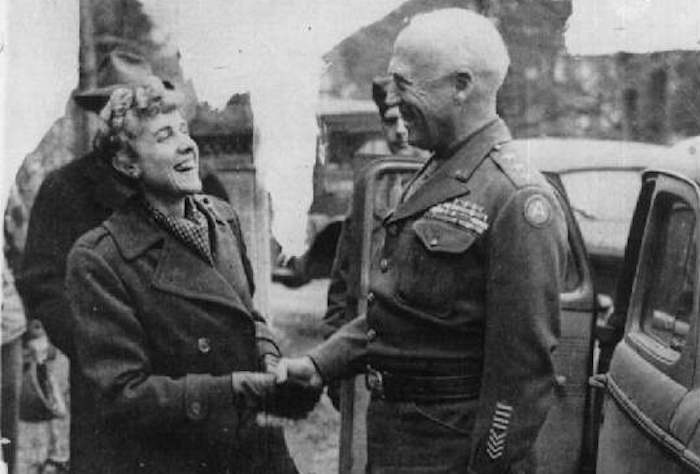
Manuel Quezon
[Luce with Manuel Quezon and Admiral Thomas Hart], October 1941. Clare Boothe Luce Collection, Prints and Photographs Division, Library of Congress (111) LC-USZ62-133410
//www.loc.gov/exhibits/wcf/images/wcf111.jpg

Burma After Word War II
[draft]
“My insides had not stopped quivering. …”
George Rodger, [Clare Boothe Luce photographing casualties in Maymyo, Burma], April 8, 1942, Clare Boothe Luce Collection, Prints and Photographs Division, Library of Congress (106) LC-USZ62-133414
//www.loc.gov/exhibits/wcf/images/wcf106.jpg
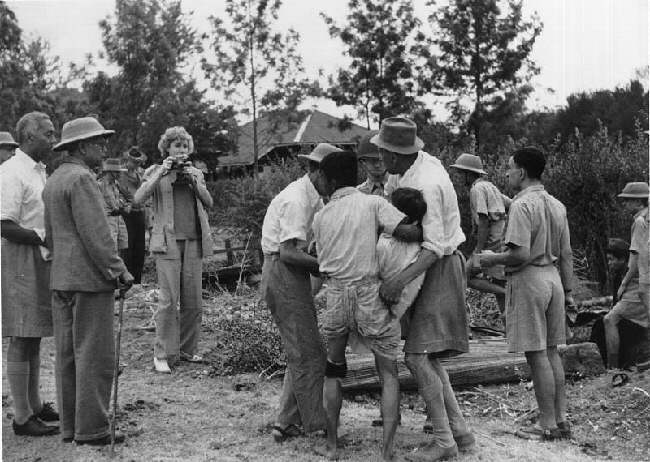
General ‘Vinegar Joe’ Stilwell
George Rodger, [General “Vinegar Joe” Stilwell arrives at his Maymyo headquarters and speaks with Clare Boothe Luce and Captain Fred Eldridge], April 7, 1942
[draft]
Talented, wealthy, beautiful, and controversial, Clare Boothe Luce (1903-1987) is best remembered as a congresswoman (1942-1946), ambassador, playwright, socialite, and spouse of magazine magnate Henry R. Luce of Time–Life–Fortune. Less familiar is Luce’s wartime journalism, which included a book, Europe in the Spring (1940) and many on-location articles for Life.
Though she covered a wide range of World War II battlefronts, Luce considered her war reportage merely “time off” from her true vocation as playwright. Nonetheless, Luce endured the discomforts, frustrations, and dangers encountered by even the most seasoned war correspondent. Besides experiencing bombing raids in Europe and the Far East, she faced house arrest in Trinidad by British Customs when a draft Life article about poor military preparedness in Libya proved too accurate for Allied comfort. Luce’s unsettling observations led longtime friend Winston Churchill to revamp Middle Eastern military policy.
Luce’s initial encounter with the war in 1940 produced Europe in the Spring, her first non- fiction book. Anxious to convince fellow Americans of the dangers of isolationism, Luce wrote a vivid, anecdotal account of her four-month visit to “a world where men have decided to die together because they are unable to find a way to live together.”
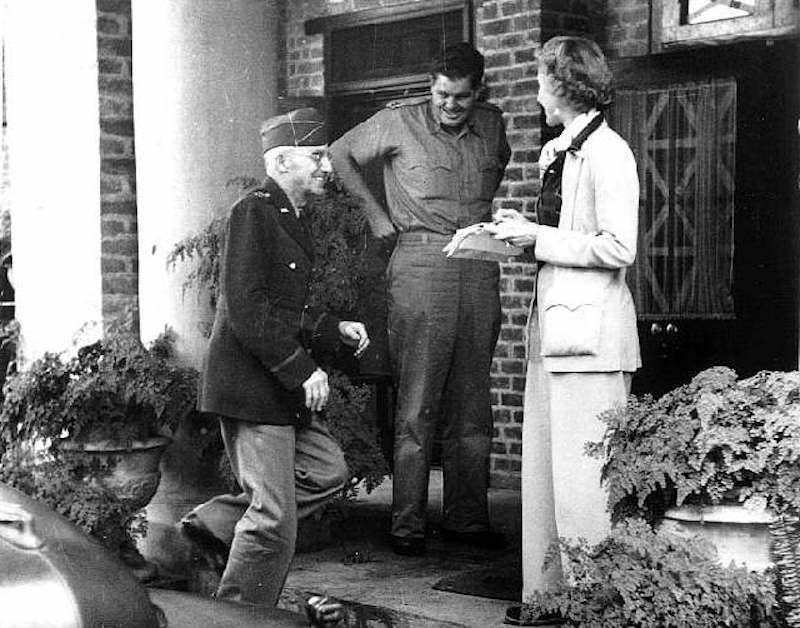
Indiana in 1930, Thomas Shipp, Abram Smith Hung from Tree
Trees bear a strange fruit
Blood on the leaves and blood at the root
Black bodies swingin’ in the…. breeze
Strange fruit hangin’ from the poplar trees
– Billie Holiday, from poem by Abel Meeropol
New York, N.Y. On August 7, 1930, in Marion, Indiana, Thomas Shipp and Abram Smith, two young African-American men, were brutally lynched by a mob of thousands. The incident began when they, along with 16-year-old James Cameron, were arrested and charged with robbing and murdering a white factory worker named Claude Deeter and raping his girlfriend, Mary Ball.
As news of the alleged crime spread, a large crowd gathered outside the jail, demanding that the suspects be handed over. The mob broke into the jail using sledgehammers and abducted Shipp, Smith, and Cameron. Shipp and Smith were savagely beaten and then hanged from a tree in the courthouse square. Cameron narrowly escaped the same fate when an unidentified woman and a local sports hero intervened, claiming his innocence.
The lynching was photographed by local studio photographer Lawrence Beitler, and the image became an iconic representation of racial violence in America. Thousands of copies of the photograph were sold as souvenirs, highlighting the disturbing spectacle nature of such events.
This tragic incident exemplifies the history of racial violence and lynchings outside the South, demonstrating that such atrocities were not confined to one region. It inspired Abel Meeropol to write the poem “Strange Fruit,” which was later famously recorded as a song by Billie Holiday, bringing national attention to the horrors of lynching.
Billie Holiday immortalized this gruesome hate crime with her song “Strange Fruit” – Trees bear a strange fruit/Blood on the leaves and blood at the root/Black bodies swingin’ in the…. breeze/Strange fruit hangin’ from the poplar trees.
Indiana in 1930, Thomas Shipp, Abram Smith Hung from Tree (July 9, 2014)
ABOUT Addiction Advice Africa Africa – East Africa – South Africa – West Americas & Caribbean Analysis Animals & Animal Rights Anthropology Architecture Asia Asia – East Asia – South Asia – Southeast Authoritarianism Available Content Calendar Celebrity Children Childrens' Literature Cities & Urban Development Corporations Cuisine & Culinary Arts CULTURE Dance Disaster & Development Economics Education Europe Events EXPRESSION Extremism Eyewitness Faith, Religion & Theology Family & Relationships Fashion Film & TV Global Warming Goodness Gun Control Health & Hygiene Heros of Democracy History Human Rights Humor Immigration & Migration In Depth International Relations Jim Luce Writes Law & Judicial System Leadership Media Mental Health Mideast Monthly Feature Museums Music Nature News Obituary Older Adults Open Orphans International Outer Space Pacific Islands Peace & Conflict Resolution Philanthropy Philosophy Philosophy Photography Poetry & Fiction Politics Pop Culture Poverty Press Pulse Prison Reform Profiles Racisim & Black Lives Matter Review Royalty Science & Technology Service Organizations Sexuality & Gender Social Media Sports & Olympics Thai The Arts Theater & Comedy Travel U.N. U.S. Video Viewpoint War, Conflict & Terrorism Women WORLD World War III Youth
Forgotten Lives: German POW’s in France During World War I
Photo: German prisoners in a French prison camp. Credit: French Pictorial Service., 1917-19.
xxx
New York, N.Y.
During World War I, the battlefields of Europe were sites of unimaginable carnage and suffering. Amidst the chaos, tens of thousands of soldiers found themselves captured and taken prisoner, far from home. Among them were German soldiers who became prisoners of war (POWs) in France. Their stories, often overlooked in the broader narrative of the Great War, reveal a complex and harrowing experience of survival, humanity, and resilience.
Captured on the Western Front
As the war raged on the Western Front, German soldiers were captured in significant numbers by Allied forces. Battles such as Verdun, the Somme, and the Marne saw countless troops taken prisoner. Once captured, these soldiers faced an uncertain fate. Transported across war-torn France, they were housed in makeshift camps, far removed from the front lines and their homeland.
Life in the Camps
Life in the POW camps was arduous and fraught with challenges. The conditions varied significantly from camp to camp, but overcrowding, inadequate food, and harsh weather were common issues. Many camps were hastily constructed, with prisoners often housed in barracks or tents that provided little protection from the elements.
Despite the hardships, the camps were not merely places of confinement. The Geneva Convention of 1907 stipulated certain standards for the treatment of POWs, including adequate food, shelter, and medical care. However, the reality often fell short of these ideals. Supplies were scarce, and the captors’ ability to provide for the POWs was hampered by the strain of the ongoing war.
Work and Survival
To manage the growing number of POWs and address labor shortages, the French authorities employed many German prisoners in various forms of labor. They worked on farms, in factories, and on infrastructure projects, such as road and railway construction. While the work was physically demanding and sometimes dangerous, it provided the prisoners with a sense of purpose and, in some cases, better living conditions than those in the camps.
The labor performed by German POWs was vital to the French war effort and the country’s economy. On the farms, prisoners helped to maintain food production, crucial for both the military and civilian populations. In industrial settings, they contributed to the production of war materials and essential goods.
The Human Side of Captivity
Despite the adversity, moments of humanity and solidarity emerged. POWs formed close bonds with their fellow captives, providing emotional support and camaraderie. They organized themselves into groups, elected leaders, and even held educational and cultural activities to maintain morale. Language barriers and initial animosities gradually gave way to mutual respect and understanding between some prisoners and their captors.
Instances of kindness were not uncommon. Some French civilians, despite the wartime propaganda, showed compassion toward the German prisoners. There were reports of locals sharing food, clothing, and small comforts with the POWs. These acts of humanity provided a glimmer of hope and reminded the prisoners that even in the darkest times, empathy and kindness could still prevail.
Letters and Longing
Communication with families back home was a lifeline for many POWs. Letters were meticulously censored, but they allowed prisoners to maintain a connection with their loved ones. The contents of these letters often focused on personal news, expressions of longing, and hopes for a swift end to the conflict. Receiving letters and parcels from home was a major event in the camps, lifting spirits and providing a temporary escape from the grim reality of captivity.
The End of the War and Repatriation
With the Armistice in November 1918, the war came to an end, but the ordeal for many German POWs was not yet over. The process of repatriation was slow and complicated by logistical challenges and political considerations. It took months, and in some cases years, for all the prisoners to return home.
For the returning soldiers, reintegration into civilian life was fraught with difficulties. They carried the physical and psychological scars of their captivity, and many faced economic hardship and social stigma. Despite these challenges, the experience of being a POW had also instilled in them a sense of resilience and a deeper appreciation for peace.
Legacy and Memory
The stories of German POWs in France during World War I are a poignant reminder of the human cost of conflict. These men, like so many others caught up in the tides of war, endured immense suffering and hardship. Yet, their experiences also highlight the capacity for resilience, solidarity, and humanity even in the most trying circumstances.
Today, their stories are an essential part of the broader narrative of World War I, offering valuable insights into the complexities of war and the enduring spirit of those who lived through it. By remembering the experiences of German POWs in France, we honor their sacrifices and reaffirm our commitment to the principles of compassion and understanding that are so crucial in our world.
In commemorating these forgotten lives, we acknowledge the shared humanity that transcends national boundaries and the enduring hope for a world where such suffering is never repeated.
Forgotten Lives: German POW’s in France During World War I (July 4, 2014)
Museum of Modern Art in Ibaraki, Just North of Tokyo
[draft]
The Museum of Modern Art, Ibaraki (茨城県近代美術館) opened on the shore of Lake Senba in Ibaraki Prefecture, 75 miles above Tokyo on the coast, October 1988 [website in English].
The collection, numbering some 3,700 pieces, includes works by Manet, Monet, and Renoir, Gustave Courbet, Eugène Carrière, Camille Pissarro und Alfred Sisley.
In addition, Yōga (“Western-style painting”) and Nihonga (“Japanese-style painting) by artists including Tsuguharu Foujita, Heihachirō Fukuda, Taikan Yokoyama, Yukihiko Yasuda, Tetsugoro Yorozu, Kanzan Shimomura, Kenzo Okada, Yasuo Kuniyoshi, Kiyokata Kaburagi, Kokei Kobayashi, Gyoshū Hayami, Hishida Shunsō, and Shikō Imamura.
Museum of Modern Art in Ibaraki, Just North of Tokyo (June 26, 2014)
Shunso Hishida at Museum of Modern Art, Ibaraki
[draft]
Shunsō Hishida (菱田 春草) was the pseudonym of a Japanese painter from the Meiji period. One of Okakura Tenshin’s pupils along with Yokoyama Taikan and Shimomura Kanzan, he played a role in the Meiji era innovation of Nihonga (Japanese-style painting). He was known, among other things, for his numerous paintings of cats.
Hishida was born in Nagano in 1874, just after the Meiji Restoration, and died at only 36 in 1911. He lived in Shibuya, Tokyo.

Fallen Leaves
Created: 1909
Medium: two-panel screen; ink and color on silk
Dimensions: 128 cm x 55 cm

Fallen Leaves by Shunso Hishida, 1909, Museum of Modern Art, Ibaraki.
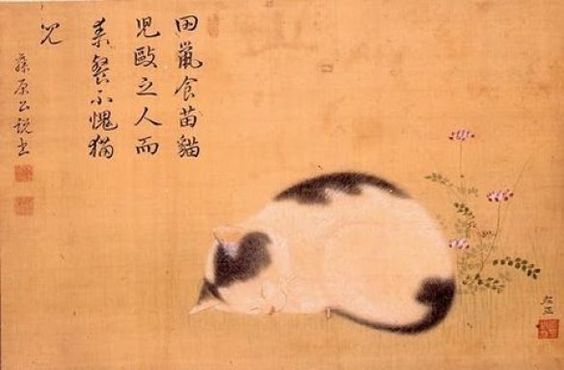
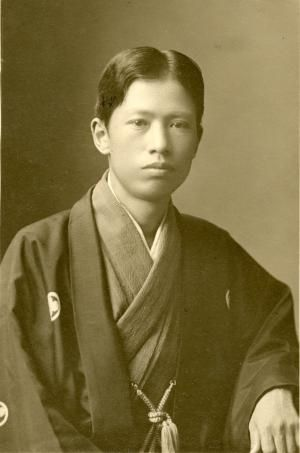
Shunso Hishida at Museum of Modern Art, Ibaraki (June 26, 2014)
Artist William Bradford
Cloud Study, William Bradford, c. 1870-1880.
Harvard Art Museums/Fogg Museum, Bequest of Isabella Grandin.
Size: 30.5 x 45.7 cm (12 x 18 in.)
Medium: Oil on buff wove paper
[draft]
Gandhi’s Dedication to Non-Violence Remains Example for All
[draft]
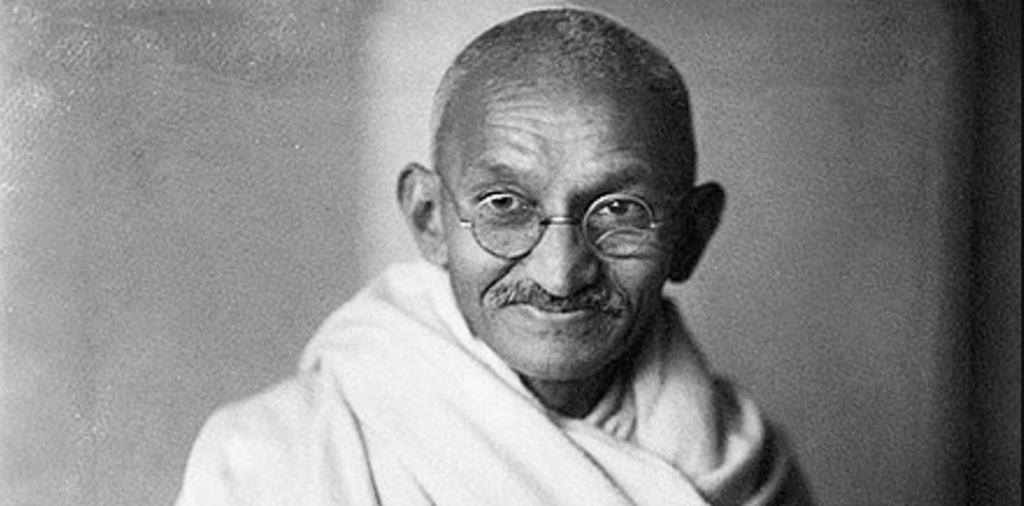
New York, N.Y. Mahatma Gandhi [Luce Index™ Score: 95]…
Gandhi Jayanti
Gandhi Jayanti is an event celebrated in India to mark the birthday of Mahatma Gandhi. It is celebrated annually on October second, and is one of the three national holidays in India. The United Nations celebrates the day as International Day of Non-Violence. Called the “Father of The Nation” by Subhas Chandra Bose, Gandhi espoused one of the most well known philosophies of nonviolent resistance.
Commemoration
Gandhi Jayanti is celebrated yearly on October second and is observed in all of India’s states and territories. It is marked by prayer services and tributes across India, including at Gandhi’s memorial, Raj Ghat, in New Delhi where he was cremated. Popular activities include prayer meetings, commemorative ceremonies in different cities by colleges, local government institutions and socio-political institutions.
On this day awards are granted for projects in schools and the community encouraging a nonviolent way of life as well as celebrating Gandhi’s effort in the Indian independence movement. Gandhi’s favorite bhajan (Hindu devotional song), Raghupati Raghava Raja Ram, is usually sung in his memory. Statues of Mahatma Gandhi throughout the country are decorated with flowers and garlands, and some people avoid drinking alcohol or eating meat on the day. Public buildings, banks and post offices are closed.
http://stewardshipreport.com/gandhis-dedication-to-non-violence-remains-example-for-all/
Gandhi’s Dedication to Non-Violence Remains Example for All (June 20, 2014)
TAGS: Mahatma Gandhi, India, Non-Violence
Harry Belafonte
With Harry Belafonte [Luce Index™ Score: 99] at the United Nations in New York.
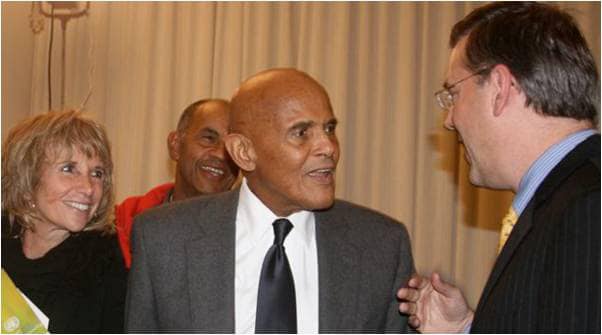
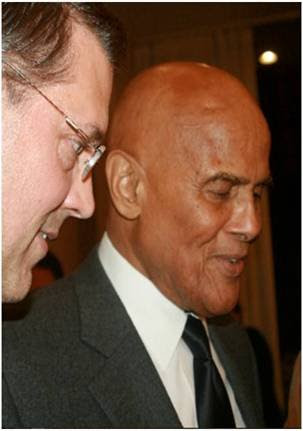
See: Harry Belafonte (June 20, 2014)

